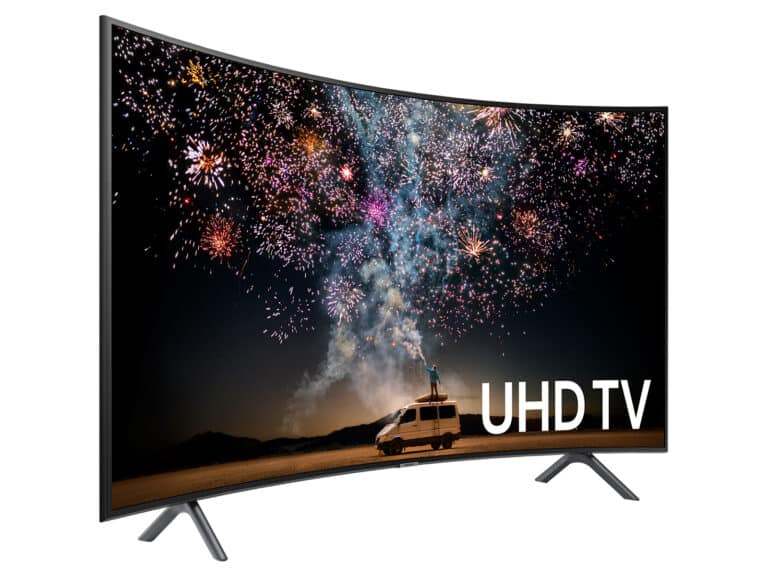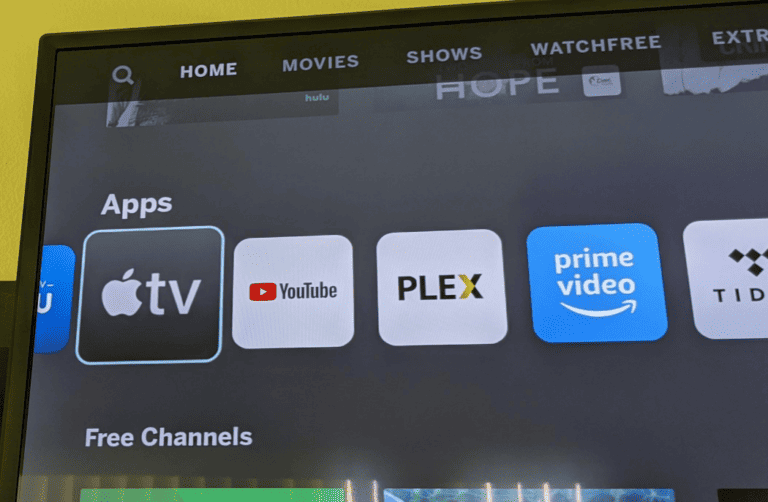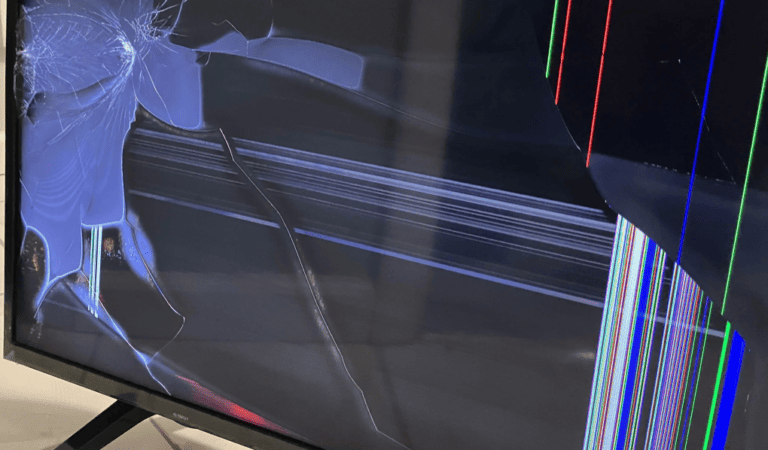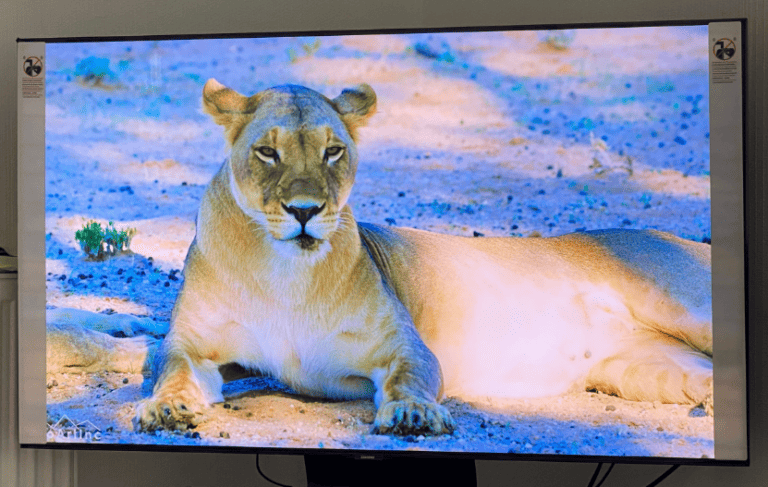Those bulky 3D glasses, the excitement of seeing movies leap towards you… 3D TV seemed like the future of home entertainment for a hot minute. But despite the initial hype, the format ultimately fizzled out. Was 3D TV just a tech fad, or could it stage a comeback?
Why 3D TV Failed
| Reason for Failure | Explanation |
|---|---|
| Need for Special Glasses | Wearing 3D glasses was inconvenient, especially for those with prescription glasses. It broke the seamless viewing experience. |
| Limited Content | There weren’t enough 3D movies, shows, or dedicated channels to justify the upgrade for most consumers. |
| High Cost | 3D TVs, Blu-ray players, and accessories were significantly more expensive than their 2D counterparts. |
| Health Concerns | Some viewers experienced headaches, nausea, and eye strain, making 3D less enjoyable and potentially off-putting. |
| Competition from VR/AR | The emergence of Virtual Reality and Augmented Reality offered a more immersive and futuristic alternative, overshadowing 3D TV’s appeal. |
The Rise and Fall
In the early 2010s, 3D TVs were everywhere. Manufacturers heavily promoted them as the next big thing. I thought 3D TV would change how we watch movies forever. But the excitement was short-lived. Here’s what went wrong:
- The Glasses Problem: Wearing special glasses was a hassle, especially on top of regular glasses.
- Content Drought: Where was the stuff to watch? 3D movies were limited, and dedicated 3D TV channels were few and far between.
- Pricey Upgrade: 3D TVs and Blu-ray players came at a premium, with little incentive to upgrade if the content wasn’t there.
- Health Concerns: Some people experienced headaches or eye strain. 3D movies made me feel a bit nauseous
- VR Stole the Spotlight: As VR headsets emerged, the promise of full immersion eclipsed 3D TV’s relatively limited experience.

The Decline
By the mid-2010s, it was clear – the 3D TV party was over before it really began. Manufacturers quietly phased out production. Consumers focused on other upgrades like 4K resolution or smart TV features.
So, Is 3D TV Dead?
Mostly. It’s unlikely to become a mainstream living room fixture anytime soon. However, the 3D concept survives in niche areas:
- Movie Theaters: Blockbusters occasionally get a 3D release, though even that’s less common than it used to be.
- Gaming: Some gaming monitors offer 3D for an extra layer of depth.
- Glasses-Free Tech Exists: It’s still in development, but it could solve a major user pain point.
Conclusion
3D TV was an ambitious technological leap that ultimately fell short due to practicality issues and the rise of more compelling alternatives. While it may never become a household staple, its influence on how we think about immersive entertainment can’t be dismissed.
FAQs
Why did 3D TV not become a standard in every household?
The need for 3D glasses, limited 3D content, higher costs, and some reported health concerns played a role in its decreased popularity.
Can I still buy a 3D TV?
While many manufacturers have discontinued their 3D TV lines, some models might still be available in the market or with online sellers.
Is 3D technology completely extinct?
No, the concept of 3D still exists in areas like cinema, and some VR experiences use 3D visuals.
What is the difference between 3D TV and VR?
3D TV offers a depth perception on a flat screen, making images appear three-dimensional, while VR provides a fully immersive 360-degree environment.
Are there any health risks associated with watching 3D content?
Some viewers have reported headaches, dizziness, or nausea, but reactions can vary among individuals.







